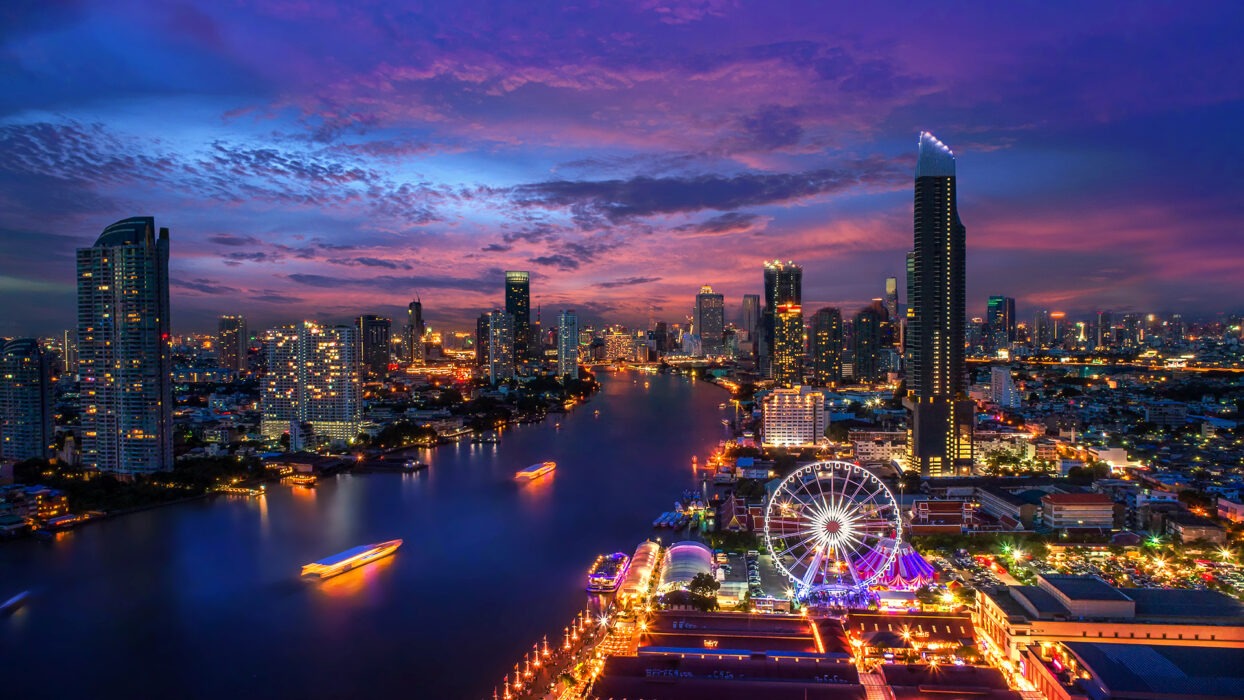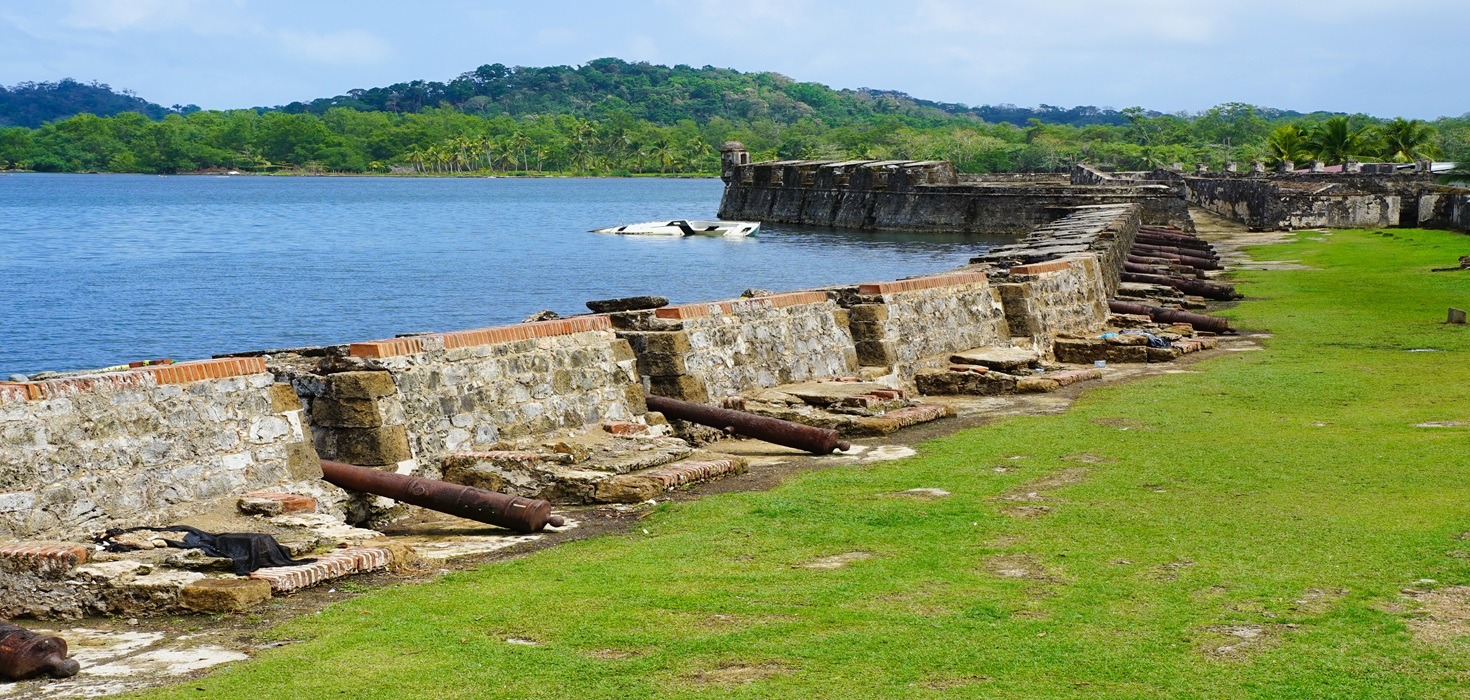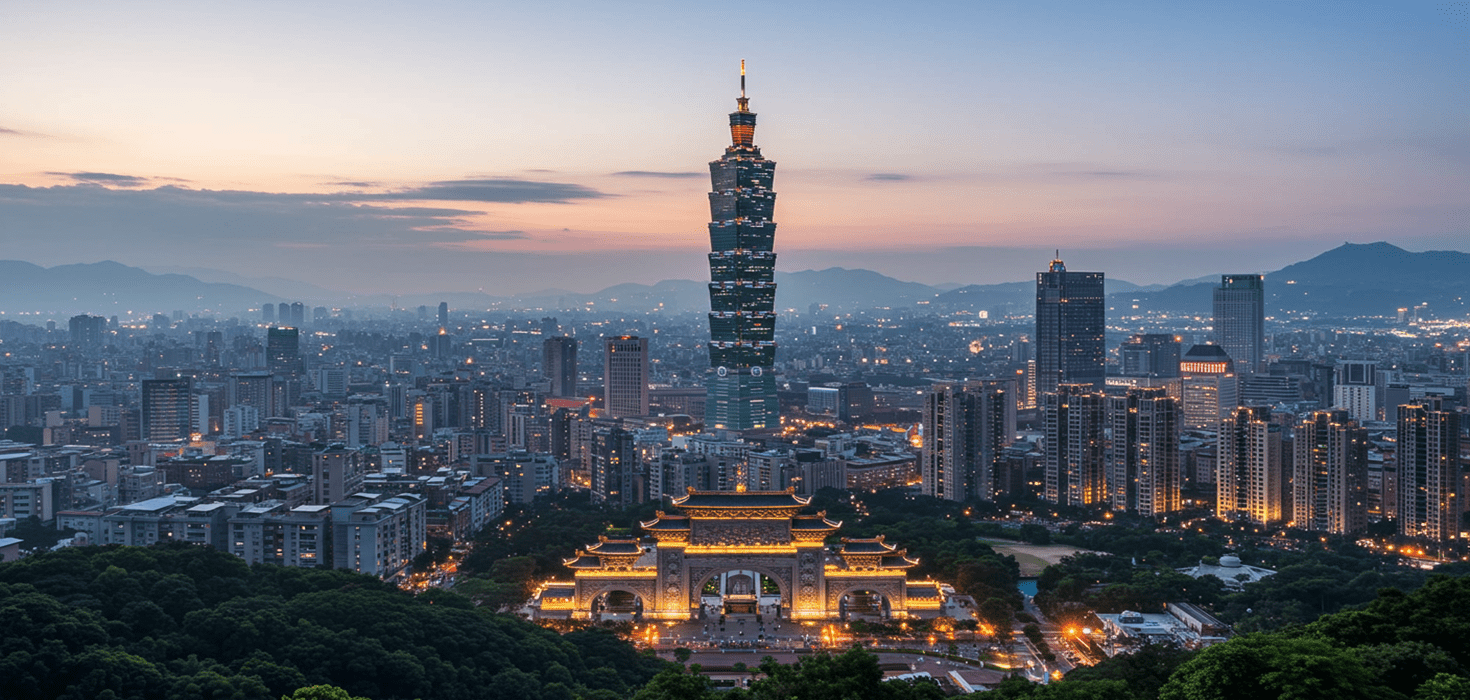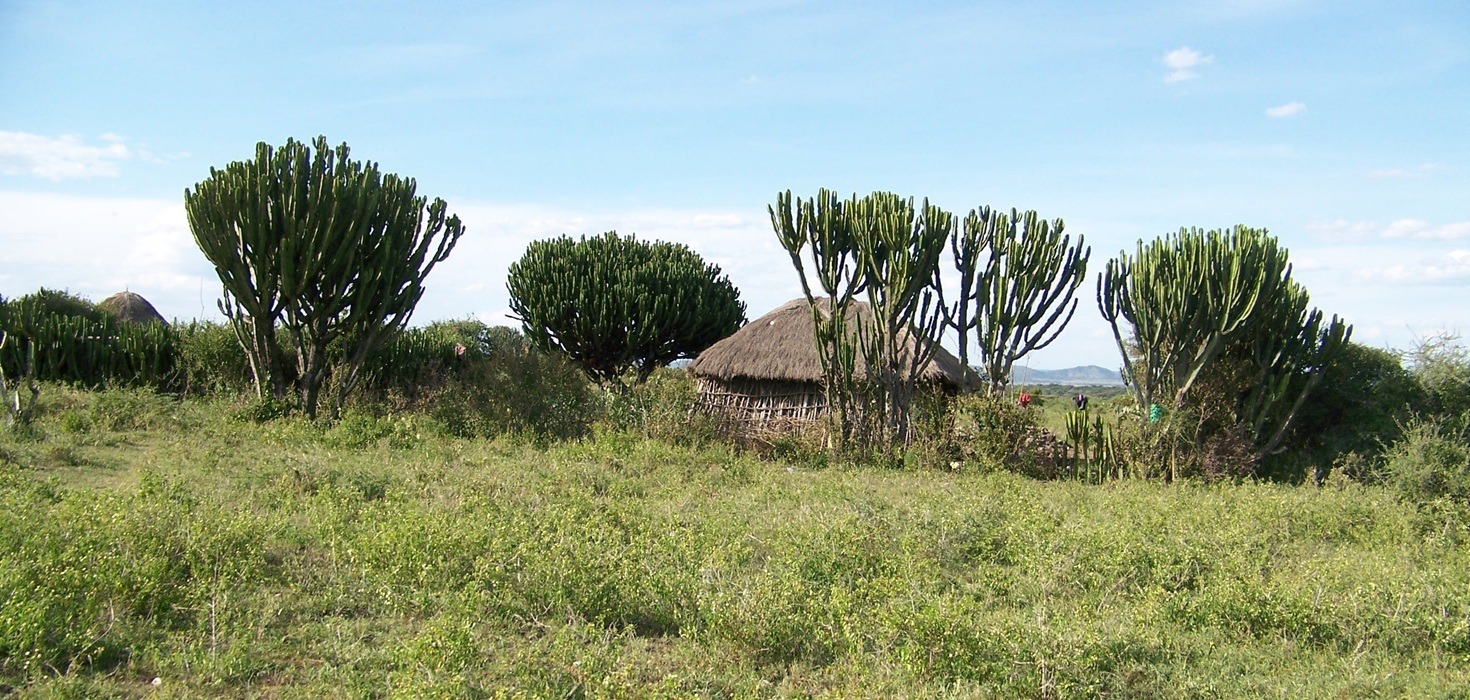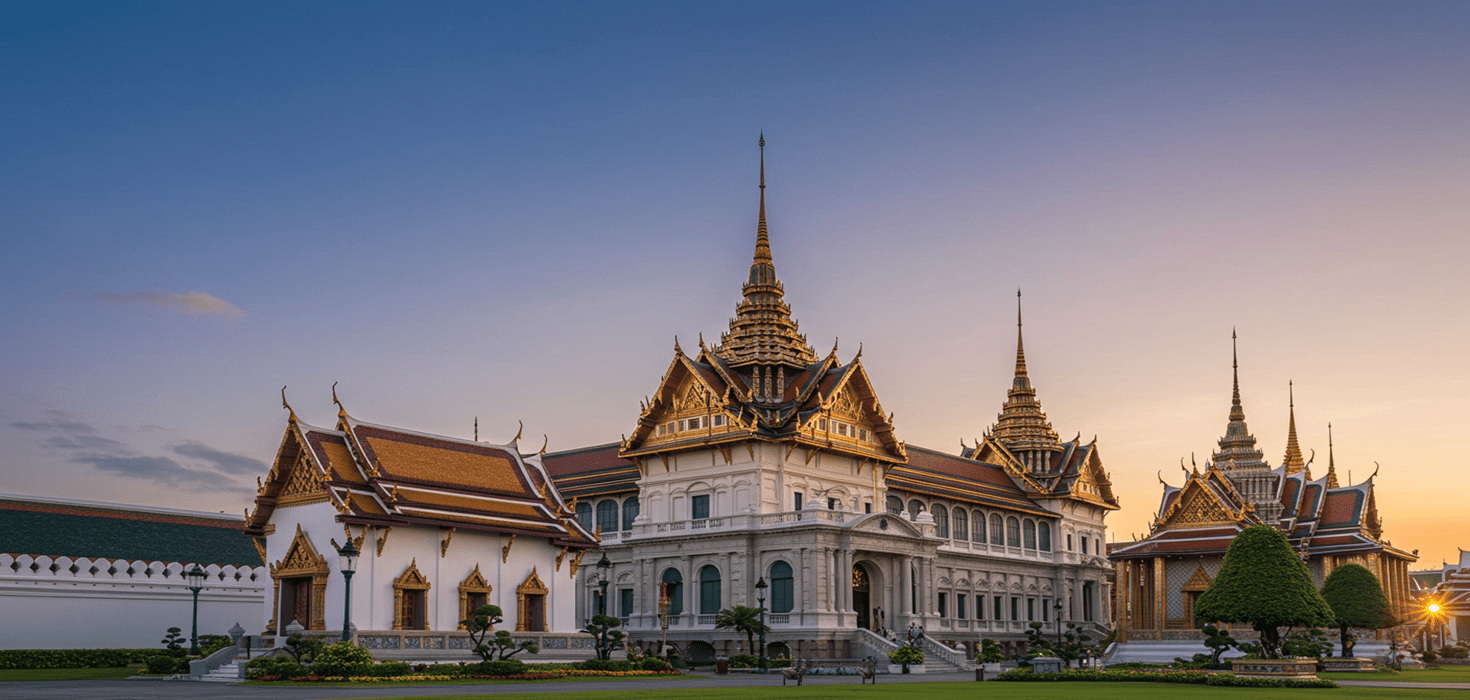Introduction
Welcome to Wat Pho, one of Bangkok’s most iconic landmarks, where history, spirituality, and artistry come together in a breathtaking display. Nestled in the heart of the city, this temple is not just famous for its stunning Reclining Buddha but also serves as a vibrant hub of culture, cuisine, and crafts. As Thailand’s first university, Wat Pho has a rich legacy of education and tradition that continues to enchant visitors from around the globe.
Prepare yourself for a fun-filled day as you explore the temple grounds, indulge in delicious Thai street food, and immerse yourself in the local crafts. Whether you’re a history buff, a foodie, or someone looking to engage with authentic Thai culture, Wat Pho offers something for everyone. Let’s uncover the treasures that await you at this cultural gem!
Discovering Wat Pho: The Temple of the Reclining Buddha
Wat Pho, officially known as Wat Phra Chetuphon Wimon Mangkhlaram Ratchaworamahawihan, is a treasure trove of history and architectural brilliance. Established in the 16th century and later renovated in the reign of King Rama I, this temple stands as a testament to Thailand’s rich cultural heritage. The temple complex is home to over 1,000 Buddha images and is famed for its magnificent Reclining Buddha, which measures an impressive 46 meters long and 15 meters high.
The architecture of Wat Pho is a sight to behold, with intricate murals, stunning chedis, and a beautifully landscaped garden that invites visitors to wander and reflect. The temple is not just a place of worship; it was also a center for learning, where traditional Thai medicine and massage were taught. This makes it a significant part of Thailand’s educational history. As you stroll through the temple grounds, take a moment to appreciate the stunning details in the architecture and the serene atmosphere that envelops you.
For those eager to learn more, check out our Comprehensive Guide to Wat Pho for an in-depth look at its fascinating history and significance.
The Majestic Reclining Buddha: A Must-See Attraction
No visit to Wat Pho would be complete without marveling at the awe-inspiring Reclining Buddha. This magnificent statue is adorned with gold leaf and features intricate mother-of-pearl inlays on its feet, which depict the 108 auspicious symbols of Buddhism. Standing in front of the statue, you’ll feel a sense of peace wash over you, as if the spirit of the Buddha is inviting you to reflect on your own journey.
The sheer size of the statue is breathtaking; it’s hard to grasp just how massive it is until you see it in person. As you take in the details, don’t forget to look for the 108 bronze bowls positioned along the temple’s walls. Each bowl represents a virtue, and visitors often drop coins into them, believing it brings good luck. This simple act connects you to the local customs and the spiritual essence of the temple.
For more on the stunning temples of Bangkok, check out our article on Exploring Bangkok’s Majestic Temples.
Cultural Practices at Wat Pho: Engaging with Traditions
Wat Pho is not just a visual feast; it’s also a living cultural hub where visitors can engage with traditional practices. The temple is a perfect place to observe Thai customs, from the respectful way locals pray to the rituals performed by monks. Visitors are encouraged to participate in these practices, but it’s essential to be mindful of local etiquette. Dress modestly, removing shoes before entering sacred areas, and maintain a respectful demeanor throughout your visit.
During your time at Wat Pho, you might also encounter various cultural events and ceremonies that provide insight into Thai spirituality. These experiences allow you to connect with the local community and gain a deeper appreciation for Thailand’s rich cultural tapestry. Don’t miss the chance to learn about the importance of meditation and mindfulness, which are integral to Thai culture.
For tips on respecting local customs, check out our guide on the Spiritual Heart of Bangkok.
Thai Massage at Wat Pho: A Relaxing Experience
After soaking in the cultural richness of Wat Pho, why not treat yourself to a traditional Thai massage? The temple is home to one of the most renowned massage schools in Thailand, where skilled practitioners offer authentic treatments that have been passed down through generations. Here, you can experience the therapeutic benefits of Thai massage, which combines acupressure, stretching, and deep tissue techniques to promote relaxation and rejuvenation.
Affordably priced and set in a tranquil environment, the massage services at Wat Pho are a perfect way to unwind after a day of exploration. Whether you’re a seasoned spa-goer or a first-timer, the soothing atmosphere and expert techniques will leave you feeling refreshed and revitalized. Don’t forget to book your session in advance, as the popularity of the massage school often leads to long wait times!
For more must-do activities in Bangkok, check out our article on Must-Do Activities in Bangkok.
Culinary Delights: Exploring Bangkok Street Food Near Wat Pho
After soaking in the spiritual and cultural wonders of Wat Pho, your taste buds are in for a treat! The area surrounding the temple is a street food paradise, brimming with mouthwatering Thai cuisine that will tantalize your senses. From sizzling street carts to cozy eateries, you’ll find an array of flavors that represent the heart of Thai culinary culture.
Be sure to try Pad Thai, a classic stir-fried noodle dish that combines sweet, sour, and salty flavors. Vendors at nearby stalls whip up this beloved dish with shrimp, tofu, or chicken, garnished with crushed peanuts and lime. Another must-try is Som Tum, a spicy green papaya salad that packs a punch with its zesty dressing and crunchy textures. If you’re feeling adventurous, sample Tom Yum Goong, a fragrant shrimp soup that’s both spicy and sour, leaving you craving more!
For dessert, indulge in Mango Sticky Rice, a heavenly combination of sweet mango and creamy coconut sticky rice. You can find it at various stalls, often served with a sprinkle of sesame seeds or mung beans for that extra crunch. Don’t forget to wash it all down with a refreshing Thai iced tea or coconut water, perfect for cooling off in the Bangkok heat.
For more on Bangkok’s culinary scene, check out our article on 3-Day Bangkok Itinerary to discover the best food spots in the city!
Crafting Memories: Traditional Thai Crafts and Workshops
Want to take a piece of Thailand home with you? The area around Wat Pho is not just about temples and food; it’s also a haven for traditional crafts! Engage your creative side by participating in workshops that showcase Thailand’s rich artisanal heritage. From pottery to silk weaving, you’ll have the chance to learn from skilled artisans who are passionate about their craft.
One popular workshop is Thai silk weaving, where you can try your hand at creating your own fabric using vibrant colors and intricate patterns. You’ll walk away not just with a beautiful souvenir but also a deeper appreciation for the craftsmanship that goes into each piece. Or, if you’re interested in pottery, join a class where you can mold clay into unique shapes, guided by experienced potters who share their tips and tricks.
These hands-on experiences are not only fun but also provide an authentic glimpse into Thai culture. Plus, they make for fantastic stories to share with friends back home! For more information on crafting experiences, check out our guide on Experience Bangkok Temple Tour.
Visitor Information: Practical Tips for a Smooth Experience
Planning your trip to Wat Pho? Here are some essential tips to ensure you have a fantastic visit. Wat Pho is open daily from 8:00 AM to 6:30 PM, making it easy to fit into your schedule. The admission fee is 100 THB, which includes a complimentary bottle of water and access to the temple grounds.
Dress code is important! Visitors are required to wear modest clothing that covers shoulders and knees. If you forget, don’t worry! There are sarongs available for rent at the entrance. Early mornings or late afternoons are the best times to visit, as you’ll avoid the larger crowds and enjoy a more peaceful experience.
For those looking to stay nearby, there are numerous accommodation options, from budget hostels to luxurious hotels. Check out our list of Hotels Near Wat Pho Temple to find the perfect place for your stay!
Transportation Tips: Getting to Wat Pho
Getting to Wat Pho is a breeze! The temple is conveniently located near the Chao Phraya River, making it accessible via boat, which offers a scenic route through the heart of Bangkok. You can hop on a riverboat at various piers, and disembark at Tha Tien Pier, just a short walk from the temple.
If you prefer land transport, the BTS Skytrain and MRT subway systems are excellent options. The nearest BTS station is Saphan Taksin, where you can catch a ferry to Tha Tien Pier. Alternatively, taxis and tuk-tuks are widely available, but be sure to negotiate your fare or ask the driver to use the meter.
For more travel tips, check out our guide on the Ultimate 24-Hour Itinerary in Bangkok for a whirlwind of experiences!
Seasonal Insights: Best Times to Experience Wat Pho
When planning your visit to Wat Pho, consider the seasons! The best time to visit Bangkok is during the cool season, from November to February, when temperatures are pleasant and the humidity is lower. This is also the peak tourist season, so expect larger crowds at popular attractions.
If you prefer to avoid the hustle and bustle, consider visiting during the shoulder seasons of March to May or September to October. While it may be a bit warmer, you’ll find fewer tourists, allowing for a more intimate experience. Just remember to stay hydrated and wear sunscreen!
For more tips on when to visit Bangkok, check out our article on Unforgettable Day in Bangkok.
Safety and Health Guidelines: Ensuring a Secure Visit
Your safety is paramount while exploring Wat Pho and Bangkok. The temple is generally safe for tourists, but it’s wise to keep an eye on your belongings and avoid displaying valuables. When it comes to health, make sure to stay hydrated, especially in the heat. Carry a reusable water bottle and refill it at various stations available around the temple.
As with any travel destination, be mindful of local customs and etiquette. Always show respect when interacting with monks and follow the dress code strictly. If you’re feeling unwell, there are several pharmacies and clinics nearby where you can seek assistance.
For more information on health and safety while visiting temples, check out our guide on Discovering the Spiritual Heart of Bangkok.
Commonly Asked Questions (FAQs) About Wat Pho
Got questions about Wat Pho? Here are some answers to common queries that will help enhance your visit:
- What is the best time to visit Wat Pho? Early mornings or late afternoons are ideal for avoiding crowds.
- Is there an entrance fee? Yes, the admission fee is 100 THB, which includes a bottle of water.
- Can I take photos inside the temple? Yes, photography is allowed, but be respectful and avoid using flash in sacred areas.
- Are there guided tours available? Yes, you can join guided tours that provide deeper insights into the temple’s history and significance.
For more answers and insights, check out our guide on the Guide to the Big Buddha of Bangkok.
Fun Facts About Wat Pho: Trivia and Tidbits
Did you know that Wat Pho is home to the largest collection of Buddha images in Thailand? With over 1,000 statues, it’s a treasure trove for photography enthusiasts and history buffs alike! The temple is also known as the birthplace of Thai massage, where the ancient art form was formally taught. It’s fascinating to think that the massage techniques you might experience today have roots in this very temple!
Another fun fact: Wat Pho is not just a temple; it’s also recognized as a UNESCO World Heritage Site. This status reflects its cultural significance and the preservation of its rich history. So, every corner of this temple tells a story waiting to be discovered!
Festivals and Events at Wat Pho: Celebrating Thai Culture
Wat Pho comes alive during various cultural festivals throughout the year! One of the most vibrant events is the Songkran Festival, which celebrates the Thai New Year in April. During this time, visitors can participate in water fights, traditional rituals, and cultural performances that showcase the beauty of Thai heritage.
Another notable event is the Visakha Bucha Day, which commemorates the birth, enlightenment, and death of the Buddha. On this day, devotees gather at Wat Pho for candlelit processions and meditation sessions, creating a serene atmosphere that’s truly special to witness.
These festivals offer a unique opportunity to engage with the local culture and connect with the community. If your visit coincides with one of these events, be sure to join in the festivities for an unforgettable experience!

